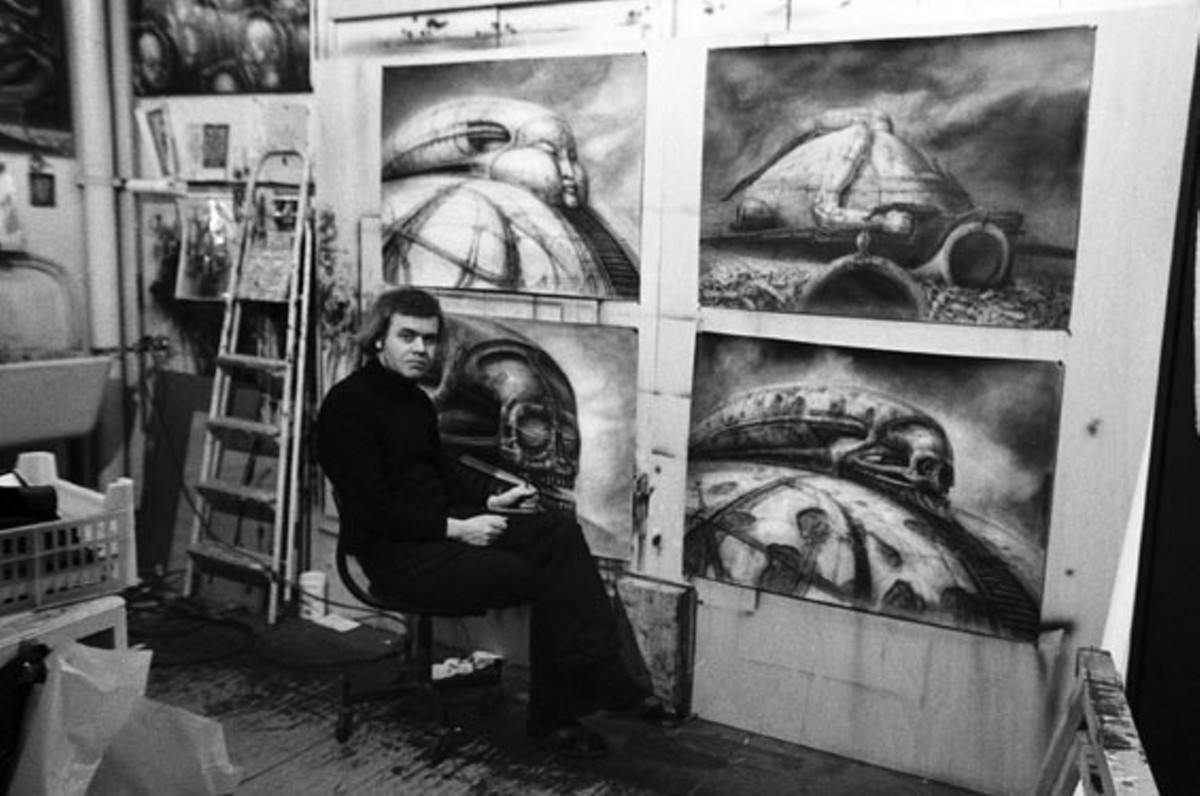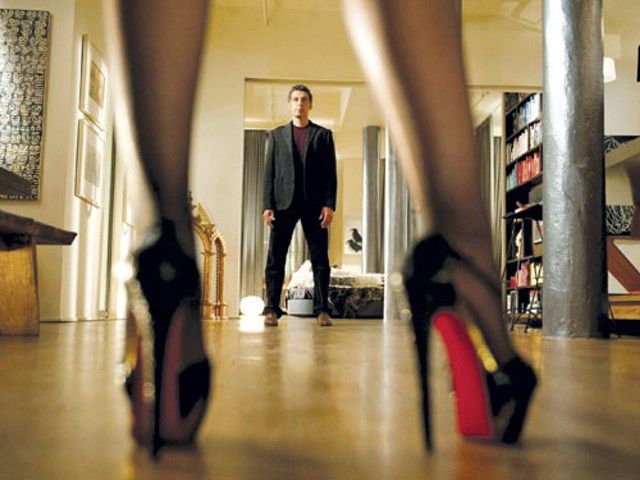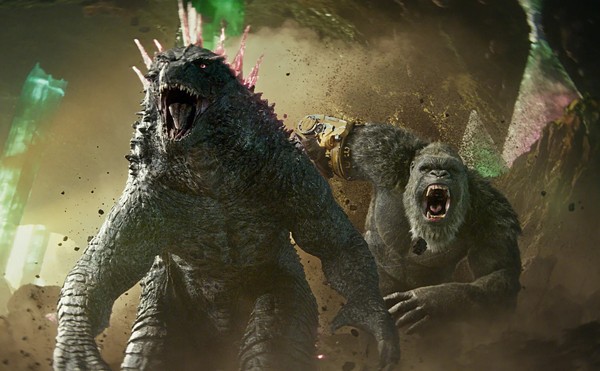The most perfect works of art are those suspended between conception and realization, the ones that seize you up with how great they're gonna be. (Well, those and Busby Berkeley numbers.) Alejandro Jodorowsky's daft, daring, surrealist, possibly impossible adaptation of Dune, Frank Herbert's spice-mining science-fiction novel that later proved unadaptable for David Lynch, enjoys that rare benefit of the doubt shared by Hitchcock's Kaleidoscope and Kubrick's Napoleon. It screens only in the warmest theater of them all: the minds of the faithful who dream of it.
It's also laid out, shot by mad shot, costume by rococo costume, in a beautiful book that Jodorowsky (director of the still-gobstopping avant freakouts El Topo and The Holy Mountain) and producer Michel Seydoux shopped around Hollywood in the mid '70s. Funded by Seydoux, Jodorowsky wrote a script in a French castle, storyboarded it with brilliant comics artist Jean "Mœbius" Giraud, hired newbie H.R. Giger to design alien worlds, talked Pink Floyd into doing the music after upbraiding them for eating hamburgers in his presence, refused to work with special-effects pioneer Douglas Trumbull after realizing Trumbull was not a "spiritual warrior," and wooed for his cast Mick Jagger, Orson Welles, and Salvador Dalí for the role the artist was born to play: the emperor of the universe. As an 84-year-old Jodorowsky tells it in the impassioned present-day interview segments that make Jodorowsky's Dune a knockout comedy, all three of those heavyweights were game. Dalí demanded a giraffe. Here are the actual storyboard directions for a scene that would have involved Jagger: "He burns a butterfly and lights a long joint."
Seydoux declares today that any masterpiece takes some madness but admits, "Dune had, perhaps, too much." Early on in Frank Pavich's fascinating and perversely uplifting doc, Jodorowsky lays out his goals for his Dune, which he considered not just a movie but "the coming of a god." He would stir in audiences the hallucinatory effects of LSD; he would open the minds of the world's young people to the "sacred" and the "free." The script and gorgeous design work shared characters, settings, and an interest in hallucinogens with Herbert's novel, but as an adapter, Jodorowsky granted himself a free hand. He chose to castrate the hero's father in a bullfight before the hero had been conceived. To write around that Tristram Shandy–style roadblock, the father would now impregnate the mother with a single drop of blood that audiences would see racing up her fallopian tubes to a planetoid ovum, the resulting child, Jodorowsky explains, being born of spirit rather than lust.
Birth is also on his mind when he describes the process of adaptation. He likens turning a novel into a film to being a groom on a wedding night. If you want to get a baby, he says in his occasionally uncertain English, "You need to open the costume and rape the bride. I was raping Frank Herbert! Raping! But with love." Not long before that, the jovial fellow shushes his mewling Siamese.
That up-the-vagina journey is a diminution and inversion of the film's opening shot, which would traverse entire galaxies, partially because Jodorowsky wanted to show up the tracking shot kicking off Orson Welles's Touch of Evil; by comparison, that meager entry only went from one country to another.
Several animated sequences based on those original storyboards confirm the movie would have been at least as beautiful and upsetting as Jodorowsky's other films. (One brutal, comic scene of torturous amputations anticipates something the Pythons were cooking up an ocean away.) Film critics turn up early on to freight the never-was film with ambition every bit as unrealistic as Jodorowsky's: Maybe, if it had hit theaters before Star Wars did, the last 40 years of movie history would have turned out better. At the end of the doc, everyone's praising the work done on Dune for just the opposite, pointing out how shots and designs the team had crafted later stamped Star Wars, Flash Gordon, Raiders of the Lost Ark, Contact, and, seriously, Masters of the Universe. Dan O'Bannon, Jodorowsky's special effects guy (and presumably a spiritual warrior), went on to write Alien; Giger's designs for Dune often suggest the phallo-dentata beasts he would dream up for Ridley Scott.
Nobody says what really would have happened — that the film would have cost a mint, made little back initially, and now stand as a beloved and influential cult hit. At least we have this gem, the rare tease of what could have been that actually proves satisfying enough on its own.






